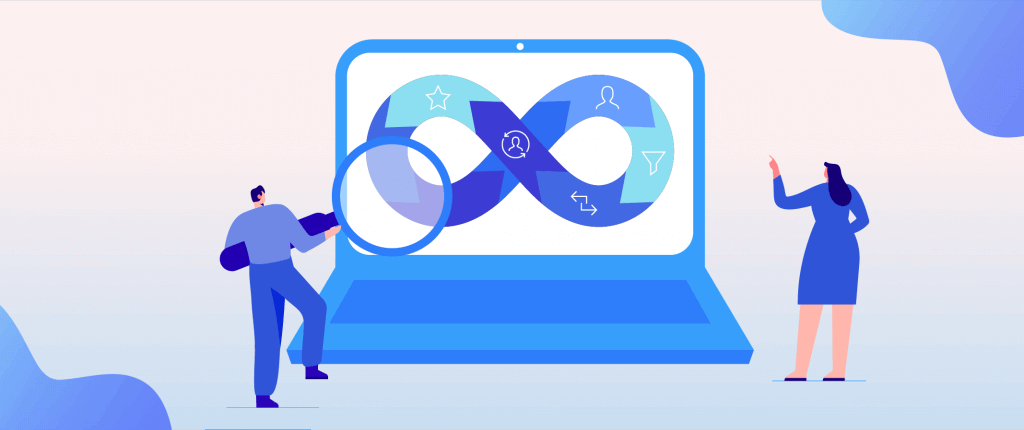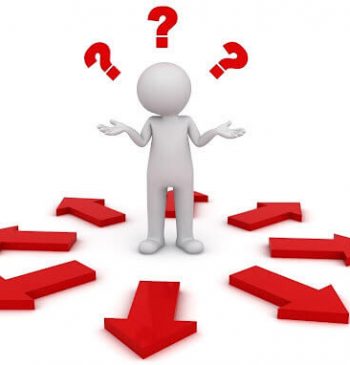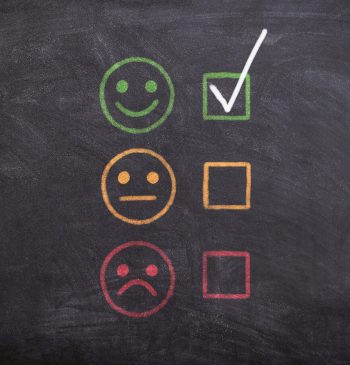20 Aug

Understanding the behaviors of customers can enhance how you deal with loyalty programs regarding lifecycle marketing. You can increase customer retention by comprehending the factors that change customer behaviors. However, more than customer retention may be required. What are we supposed to do then? Do we choose acquisition or retention? Firstly, you should aim to have your cake and eat it too. So, the correct category of loyalty program does not always have to be one or the other. In short, you should use every aspect of your B2C and B2B loyalty program to aid your strategy in lifecycle marketing.
What Do We Mean by Lifecycle Marketing (CLM)?
Customer lifecycle marketing (CLM) is a method of communicating with customers that acknowledges that different phases of becoming a devoted, active customer call for various marketing messages and tactics. This situation means that you must be with the customer every step of the way. On the other hand, your strategy should target, attract, and retain your customers. But how does lifecycle marketing work? Here are some steps that will help you understand what exactly it is:
- Your potential customers become aware of your company through different mediums.
- People are interested in your offers, so they engage with them.
- The customers are using the information available to them to decide.
- The customers take up your offer and purchase something from your company.
- People who have already purchased from you are loyal to your brand and want to keep doing business with you.
What Are the Stages of Lifecycle Marketing?
Lifecycle marketing is a strategy businesses use to engage with their customers at various stages of their journey with the brand. This approach is designed to nurture customers from the initial brand awareness through post-purchase and brand advocacy. Here are the key stages of lifecycle marketing:
- Awareness Stage: This is the very beginning of the customer journey. Potential customers become aware of your brand through various channels such as social media, advertising, word of mouth, or organic search. The key at this stage is to make a strong first impression and build brand recognition.
- Engagement Stage: Once potential customers know your brand, the next step is to engage them. This can be achieved through content marketing, targeted advertising, social media interaction, or email marketing. The goal is to provide valuable and relevant content that resonates with your audience.
- Evaluation Stage: At this stage, potential customers are considering whether or not to purchase your product or service. They are comparing your offerings with competitors and evaluating the value and benefits. Effective strategies at this stage include providing detailed product information, customer testimonials, and competitor comparisons.
- Purchase Stage: When the customer decides to buy your product or service. Ensuring a smooth and easy purchasing process is crucial. This includes a user-friendly website interface, clear pricing information, and a straightforward checkout.
- Post-Purchase Stage: After a customer makes a purchase, they focus on keeping them satisfied and engaged. This includes customer support, follow-up emails, asking for feedback, and providing additional resources or instructions for using the product or service.
- Retention Stage: Customer retention is key to long-term business success. This stage involves strategies to keep your customers returning, such as loyalty programs, special offers, and regular communication through newsletters or social media.
- Advocacy Stage: The final stage of the lifecycle is turning satisfied customers into brand advocates. Happy customers who share their positive experiences with others can be powerful promoters of your brand. At this stage, encouraging reviews, referrals, and social media sharing are common tactics.
Businesses can build long-lasting customer relationships by effectively navigating these stages, leading to increased loyalty, repeat business, and word-of-mouth marketing.
Boost Your Lifecycle Marketing with a Loyalty Program
In today’s competitive business environment, attracting customers and keeping them engaged and loyal is crucial. One effective way to add depth and effectiveness to your lifecycle marketing strategy is by implementing an innovative loyalty program. Here’s how a well-designed loyalty program can transform your customer engagement and retention:
- Personalization: A loyalty program can be tailored to your customer’s preferences and behaviors. By analyzing their purchase history and interactions, you can offer personalized rewards and experiences that resonate more deeply with them.
- Increased Engagement: Use fun and incentivizing features to improve your B2B loyalty program strategies. A loyalty program can make the shopping experience more engaging and fun through gamification elements like points, levels, and badges. This approach encourages customers to interact more frequently with your brand.
- Enhanced Data Collection: Loyalty programs provide a wealth of data about customer preferences and behaviors. This information is invaluable for refining your marketing strategies and tailoring your product offerings to meet customer needs better.
- Customer Retention: Customers enrolled in loyalty programs are more likely to return. Exclusive deals, special discounts, and early access to new products or sales can make customers feel valued and more inclined to stay loyal to your brand.
- Feedback and Improvement: Loyalty programs often encourage customers to leave feedback in exchange for rewards. This feedback is crucial for continuous improvement and staying aligned with customer expectations.
- Brand Advocacy: Rewarding customers for referrals or social media shares as part of your loyalty program can turn them into brand advocates. Word-of-mouth promotion from loyal customers is incredibly effective and cost-efficient.
- Competitive Edge: An innovative loyalty program can set your brand apart. Offering unique rewards and experiences can be a compelling reason for customers to choose your brand over others.
- Long-term Relationship Building: Loyalty programs are not just about transactions; they’re about building long-term relationships. You can create lasting emotional connections by recognizing and celebrating customer milestones (like anniversaries of joining the program).
Integrating a creative and well-structured loyalty program into your lifecycle marketing strategy can significantly enhance customer engagement, retention, and brand loyalty. It’s a powerful tool for creating a more personalized and enjoyable customer experience, fostering long-term relationships, and standing out in a crowded marketplace.
You can read our previous article from https://www.apexloyalty.com/financial-services-loyalty-programs/.







